-21000
Wild Emmer wheat is collected in Ohalo II, Israel.
Wild Emmer wheat is collected in Ohalo II, Israel.
The Neolithic period witnesses a move to farming and settlements, accompanied with a widespread deforestation. Timber is used for fuel and construction.
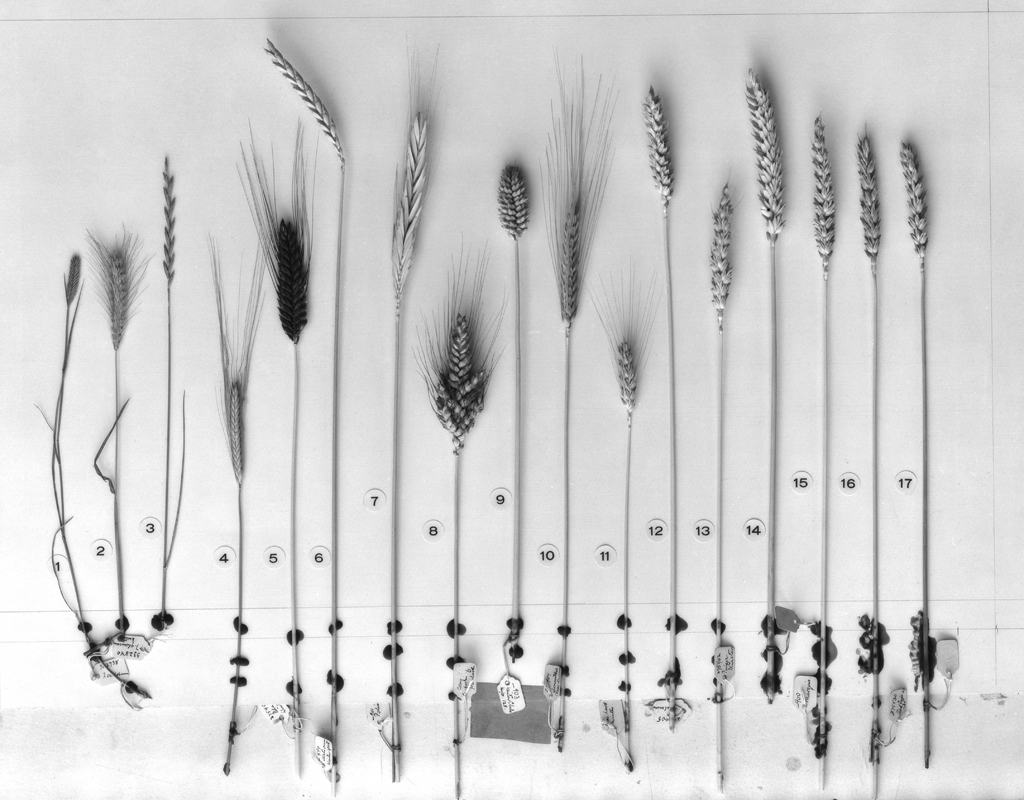
Einkorn wheat is first cultivated in Turkey.
Agricultural settlements start up in the 'Fertile Crescent' around Iraq, Syria and Turkey.
Agricultural settlements start up in the 'Fertile Crescent' around Iraq, Syria and Turkey.
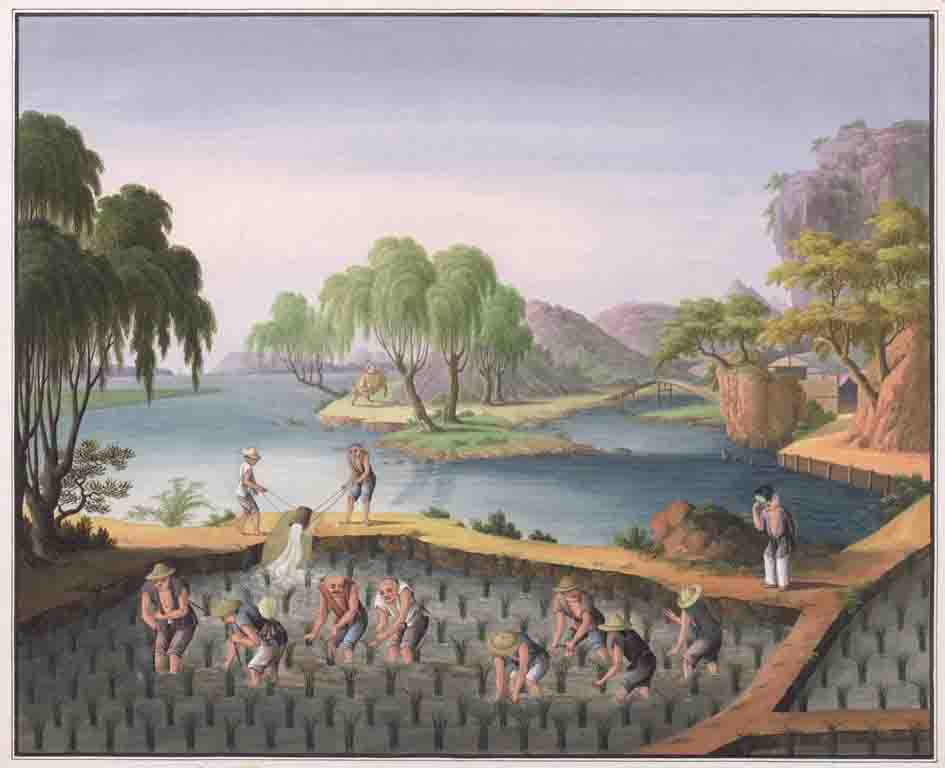
Rice is cultivated in Asia.
The oldest discovered bricks have been found in the Tigris delta region.
Einkorn wheat is cultivated in the 'Fertile Crescent.'
Agriculture begins to spread through China and East Asia.
Major agricultural settlements build up in Jordan and the 'Fertile Crescent' prompting migration and the development of new types of farming such as livestock.
Agricultural begins to spread through China and East Asia.
Major agricultural settlements build up in Jordan and the 'Fertile Crescent' prompting migration and the development of new types of farming such as livestock.
Maize is domesticated in Central America.
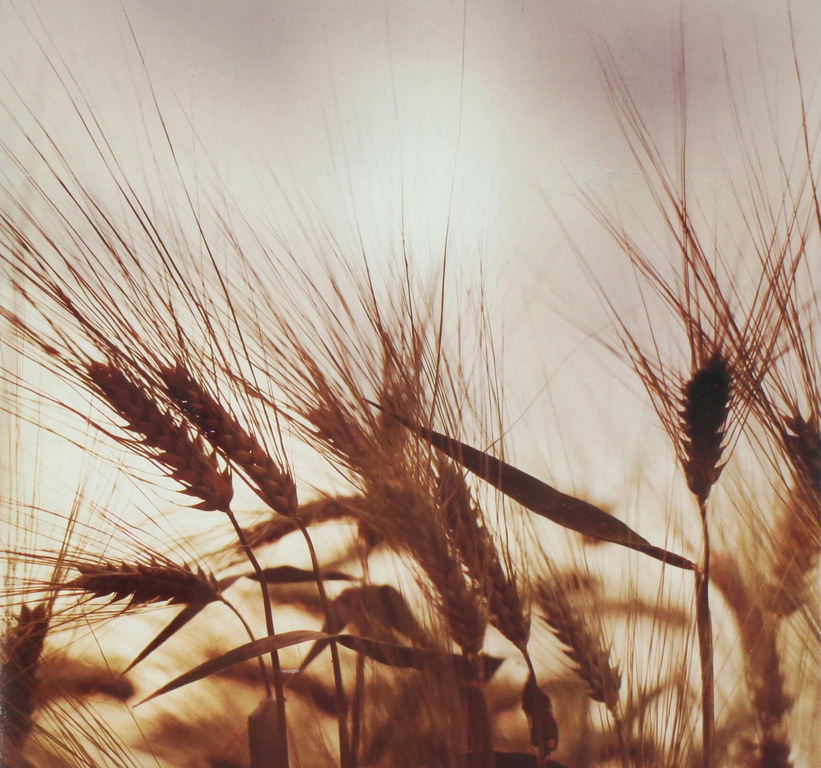
Durum wheat is created by natural selection in Central Europe and the Near East. It is a hardy variety more suited to European conditions.
Hand ground wheat is used to make flour for porridge and gruel.
Agriculture spreads through the Balkans and South East Europe.
Agriculture spreads through the Balkans and South East Europe.
Sugar cane is cultivated in Papua New Guinea.
Wine is developed in Georgia in central Asia.
Gold, silver and copper start to be worked.
Deforestation leads to the collapse of communities in southern Israel.
Agriculture begins to spread throughout Egypt.
Agriculture begins to spread throughout Egypt.
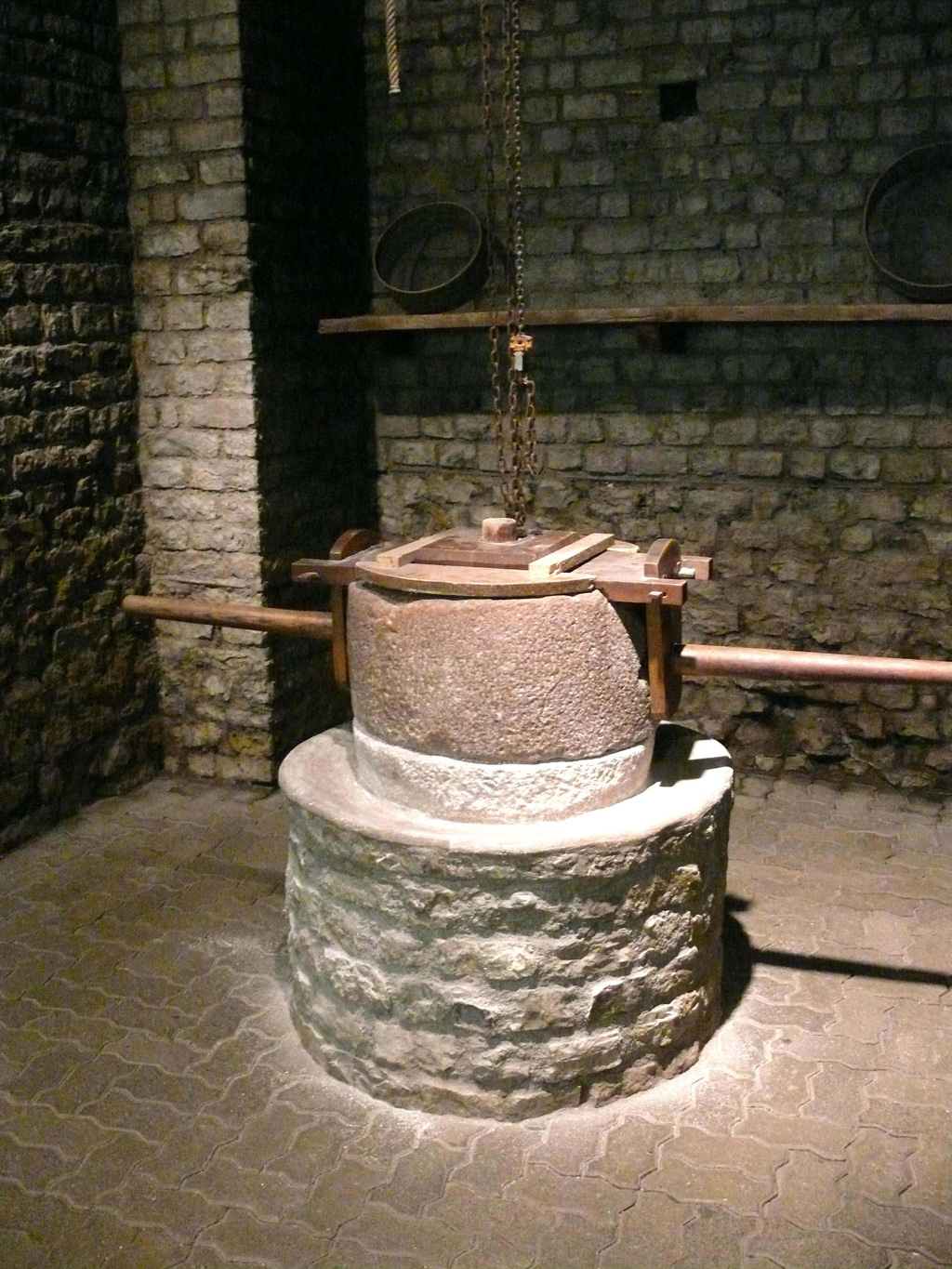
Millstones are created to grind flour more effectively.
Sumerian Civilisation.
Megalith construction in Europe.
Wine production spreads to Armenia and Iran.
Gold metalwork appears in Europe.
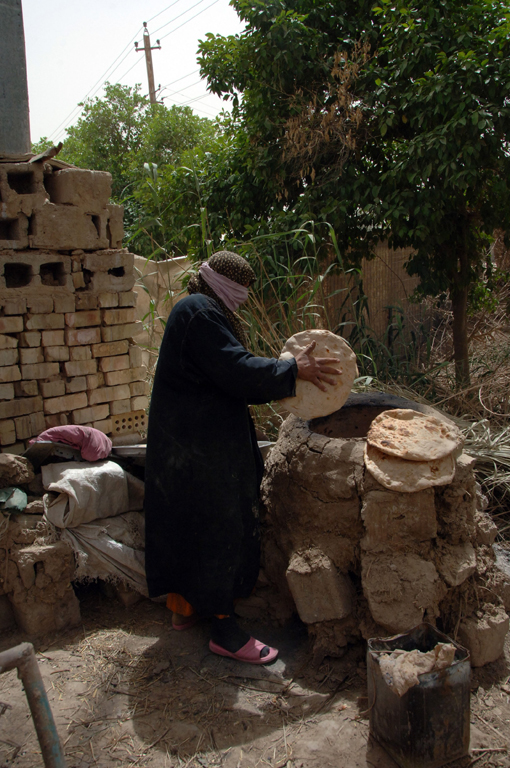
Bread wheat is grown in Iran, Iraq, Turkey and Crete.
Wheat cultivation spreads to Germany and Spain.
Cotton is first cultivated in what is now western Pakistan.
Chili peppers are cultivated in Ecuador.
Cotton is cultivated in Mexico.
Gold mining starts in the Balkans and the metal is fashioned into decorative objects.
Date of the earliest timber trackway discovered in London.
Horses are domesticated.
Sunflowers are grown for food in Central America.
Sunflowers are grown for food in Central America.

Silk is produced from silkworms in China.
The Celts in Central Europe make use of wooden barrels to store materials.
Barley beer is known to exist in Iran.
The wheel is developed in Mesopotamia and Central Europe.
The Bronze Age witnesses human ability to smelt ores and work metal; and also the emergence of the first forms of writing. Deforestation continues with increased need for charcoal. Trade networks develop.
Maize and beans are now commonplace foods in Central America.
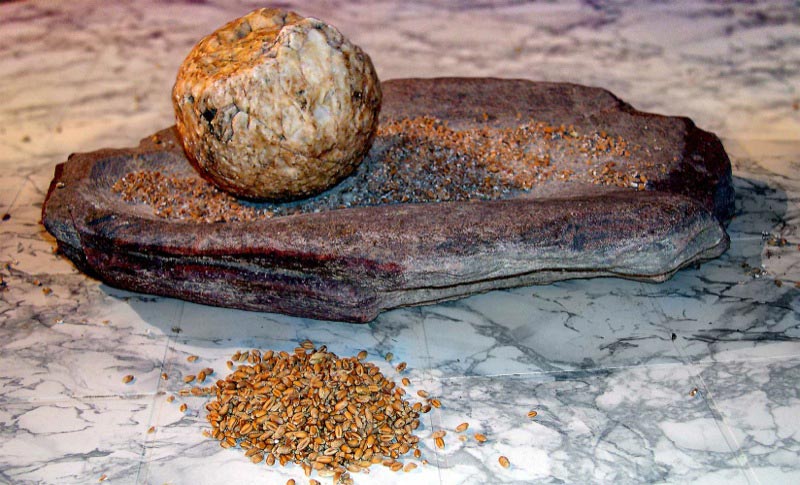
Agriculture spreads through Northern Europe to the British Isles.
Maize and beans are now commonplace foods in Central America.
Agriculture spreads through Northern Europe to the British Isles.
Opium poppies are cultivated by the Sumerians and Assyrians in lower Mesopotomia. It is used as an anaesthetic, a narcotic, and to induce euphoria.
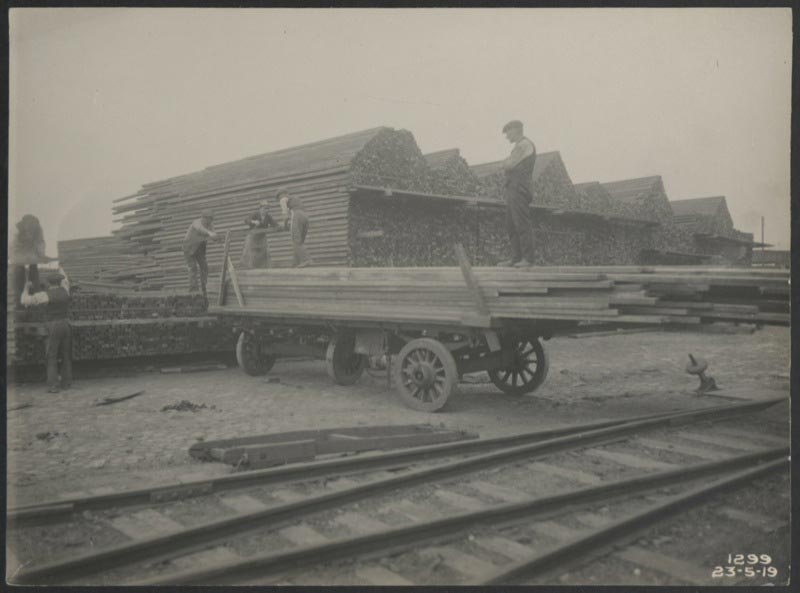
Balbridie House in Aberdeenshire is one of the earlist known timber framed houses.
Otzi the Iceman dies wearing a coat, leggings, loin cloth and belt, made from various skins.
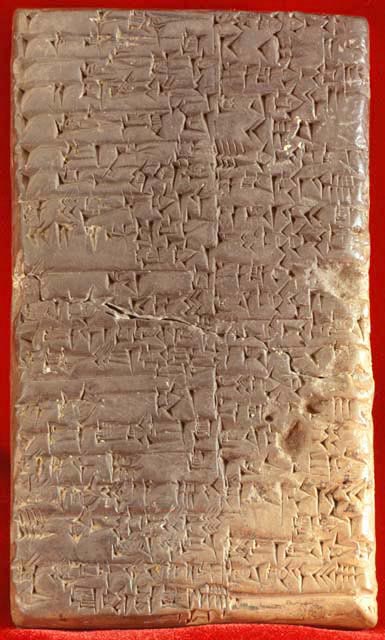
Cuneiform script is developed in Mesopotamia and Hieroglyphs are invented in Egypt.
The Indus Valley Civilisation helps the spread of cotton cultivation through South Asia.

Earliest recorded Egyptian sea voyage.
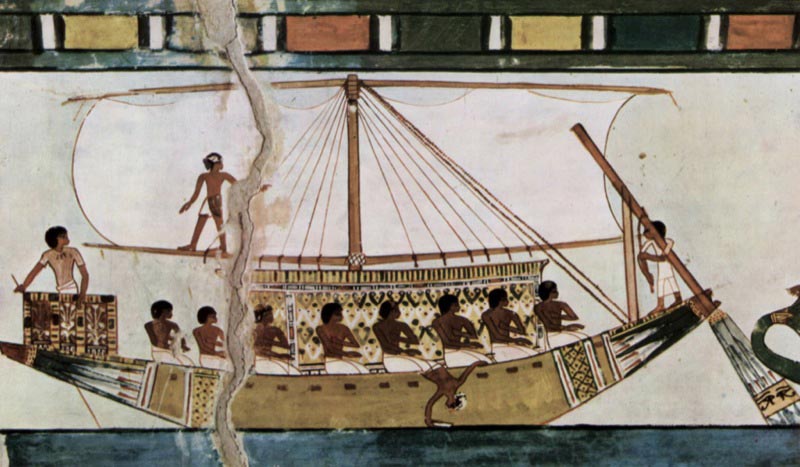
Boats with sails are used in Egypt.
Egyptians make use of spices in the embalming process.
Silver mining becomes common in Turkey and the Aegean.
The Sumerians use gold to create jewelry.
Ancient Egyptians start to make ships from wooden planks.
The Desertification of the Sahara is accelerated by trade and settlement.
Beer is spread through Europe by Celtic tribes.
Glass is created in Egypt.
Minoan civilisation.
The first large towns emerge in Mesopotamia.
Wheat cultivation spreads to England and Scandinavia.
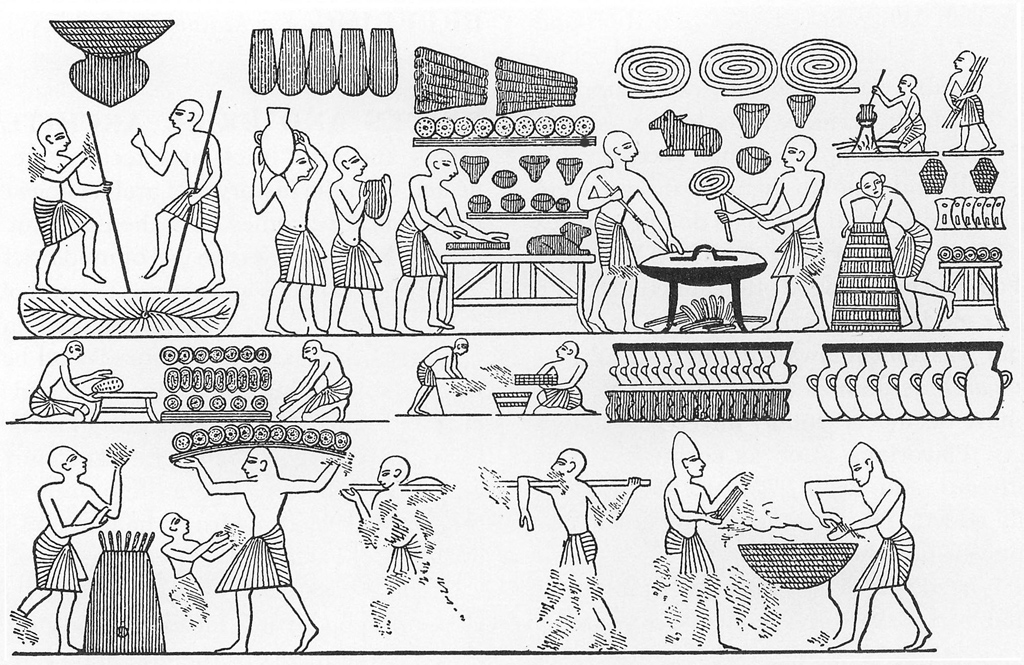
The Egyptians use yeast and leaven to make bread which rises. They also invent the bread oven.
The Early Dynastic period in Egypt (1st-3rd Dynasties).
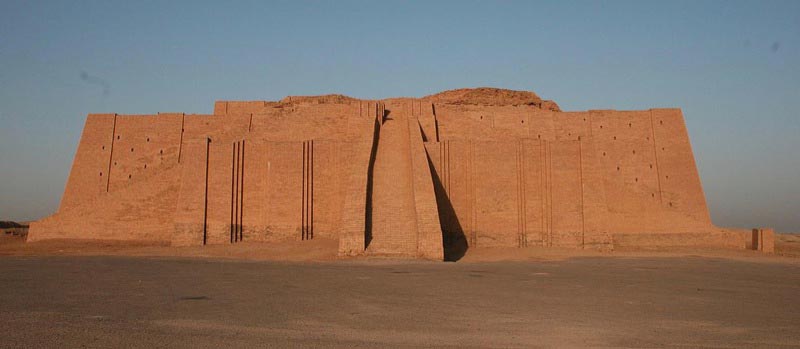
Ur becomes a flourishing city state in Sumeria (modern Iraq).
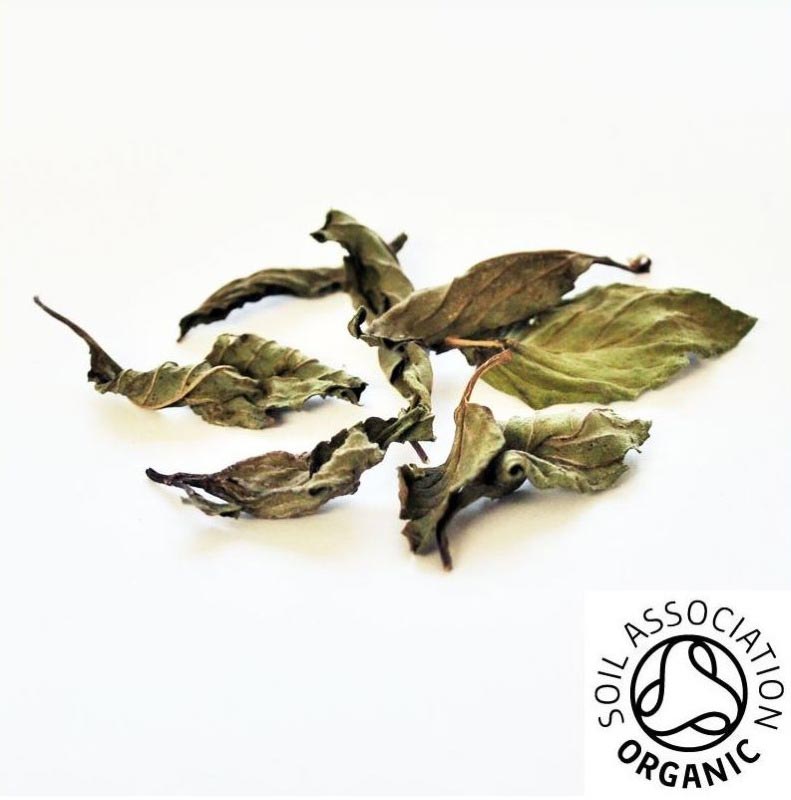
Tea is known in China. Legends speak of tea leaves blowing into the Emperor's cup.
Some of the first laws protecting forests are decreed in Ur.
Chinese Emperor Hoang-ti credited with inventing pottery.
Grape vines are cultivated in Egypt.
Gold is described in Egyptian hieroglyphs.
The Indus Civilisation in Northwest India is at its peak.
The Old Kindom period in Egypt (4th-8th Dynasties).
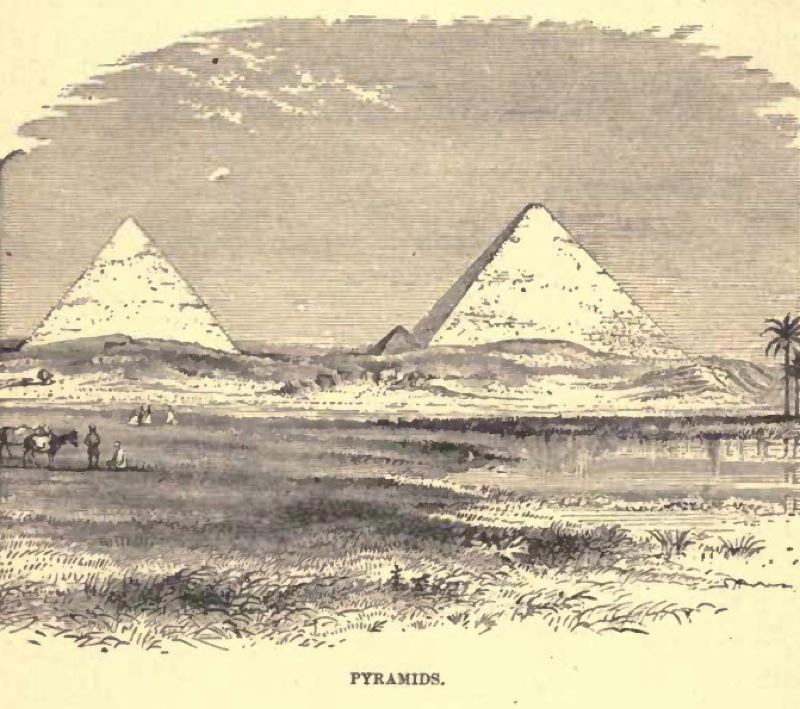
The Great Pyramids are built at Giza, Egypt.
Chaldeans in Turkey discover the method of seperating silver from lead in silver-lead ore.
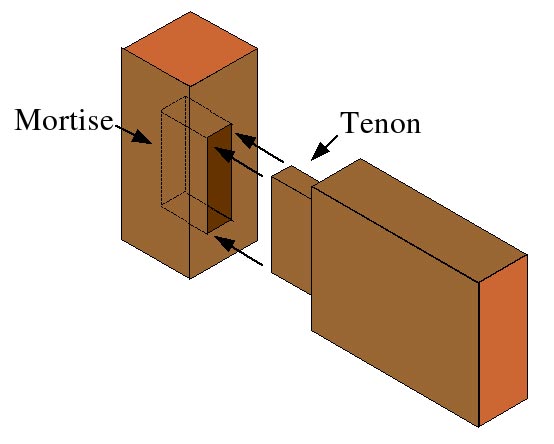
Mortice and tenon joints are being used in Egyptian ship construction.
The first known tidal dock is built in Lothal, near Gujerat, India.
Increased use of timber in Egypt leads to widespread deforestation.

Beaker Culture spreads across Europe.
Potatoes are grown in Peru.
First Dynasty period in Mesopotamia.
Records are written on papyrus sheets.
The abacus, the first known calculator, is invented in Babylonia.
Second Dynasty period in Mesopotamia.
The Middle Kingdom period in Egypt (9th-11th Dynasties).
Ziggurat built at Ur.
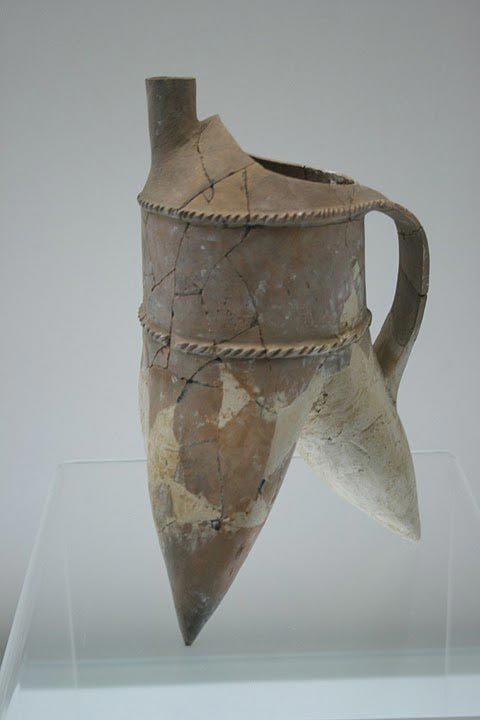
The Xia Dynasty in China.
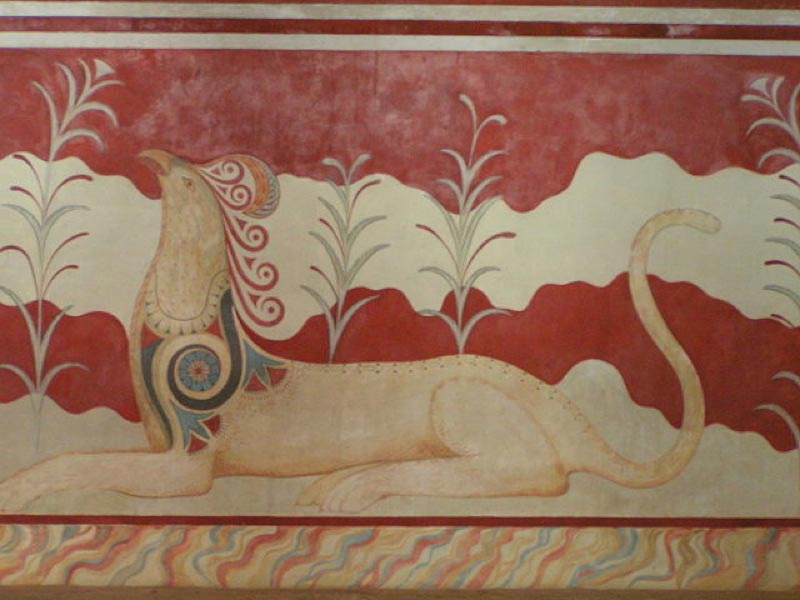
Palace construction commences at Knossos.
Arab traders exercise a monopoly over the Spice trade for nearly 2000 years.
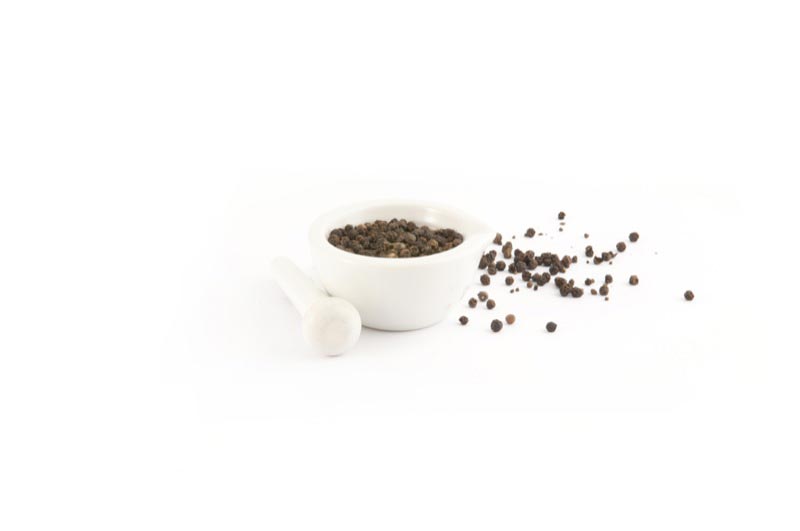
Black peppers used in Indian cooking. Peppercorns were used as a trading currency.
Agriculture begins to spread through sub-Saharan Africa.
Agriculture begins to spread through sub-Saharan Africa.
Second Middle Kingdom period in Egypt (12th-13th Dynasties).
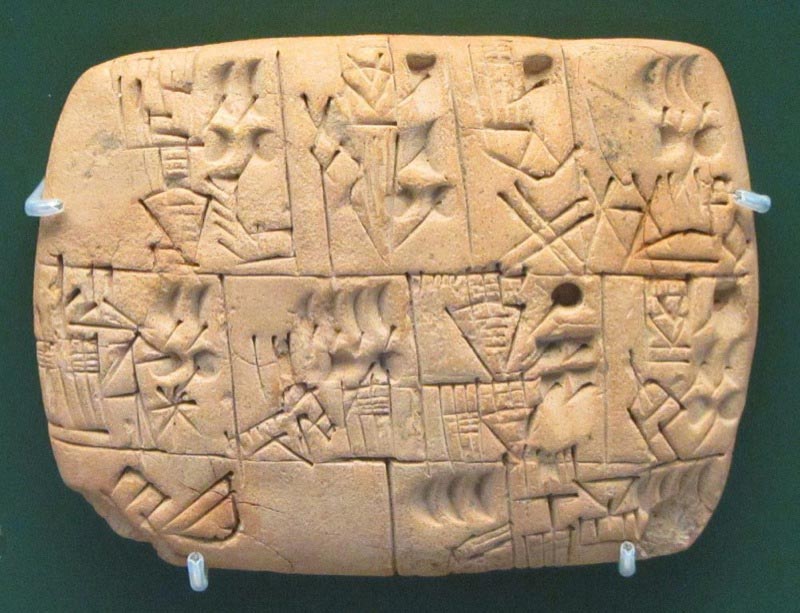
A cuneiform tablet documents the purchase of wine.
Mycenaean Civilisation in Greece and the Greek Bronze Age.
Preclassic period of Mayan Civilisation in Central America.
Opiates continue to be used in the Babylonian Empire.
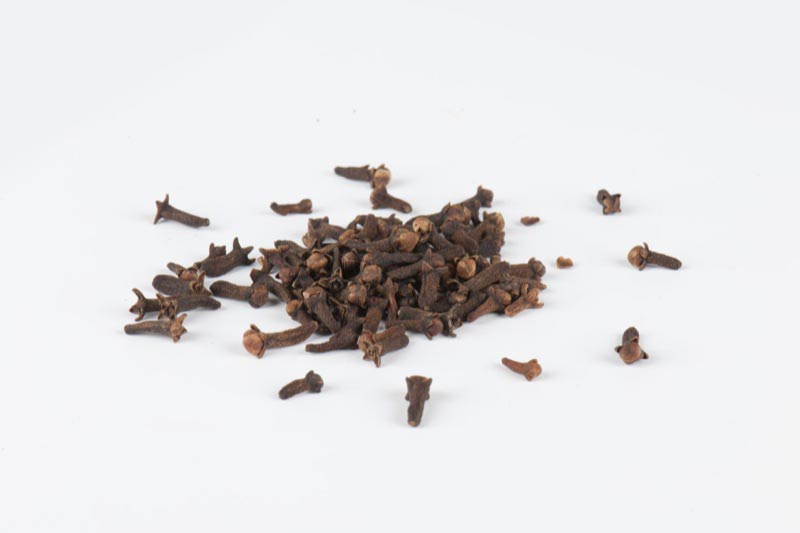
Cloves are being used in Syria (based on archaeological finds).
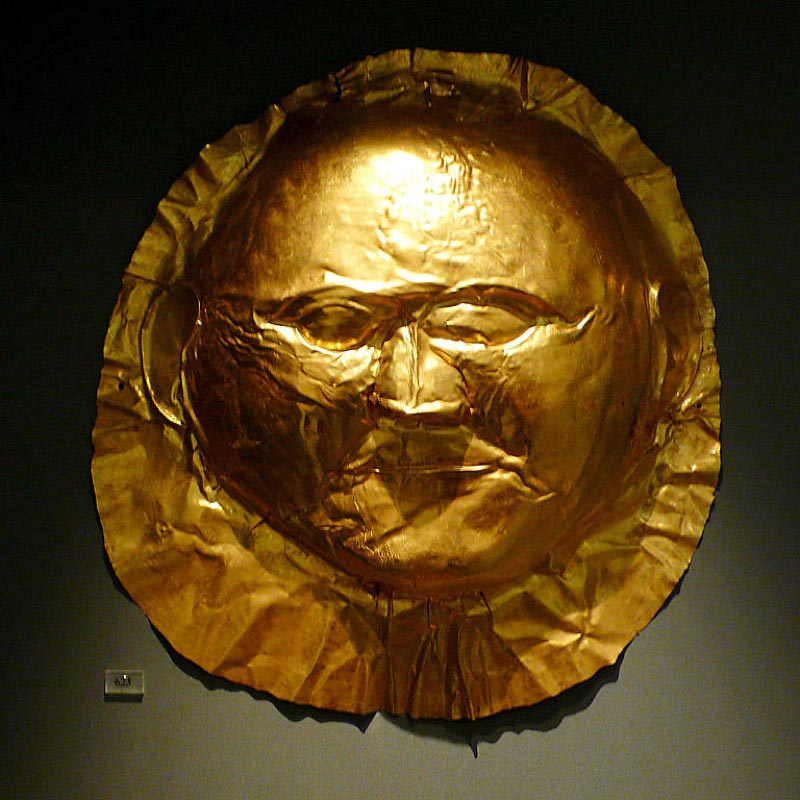
Gold Mask of Mycenae is created.
Silver mines are esrtablished in Laurium, near Athens.
The Shang Dynasty in China. High quality jade and bronze artefacts show that this was a highly developed society.
Possible production of a type of ‘proto-porcelain’ during the Shang dynasty.
The New Kingdom period in Egypt (18th-20th Dynasties).
The Ebers Papyrus mentions the use of opiates in medicine by the Egyptians.
Gold mining in Nubia enriches the Egyptian rulers. The gold shekel (11.3g of gold) becomes a standard currency for traders.
The Dionysian cult holds festivals in which wine plays a prominent part.
Olmec Civilisation in Mexico.
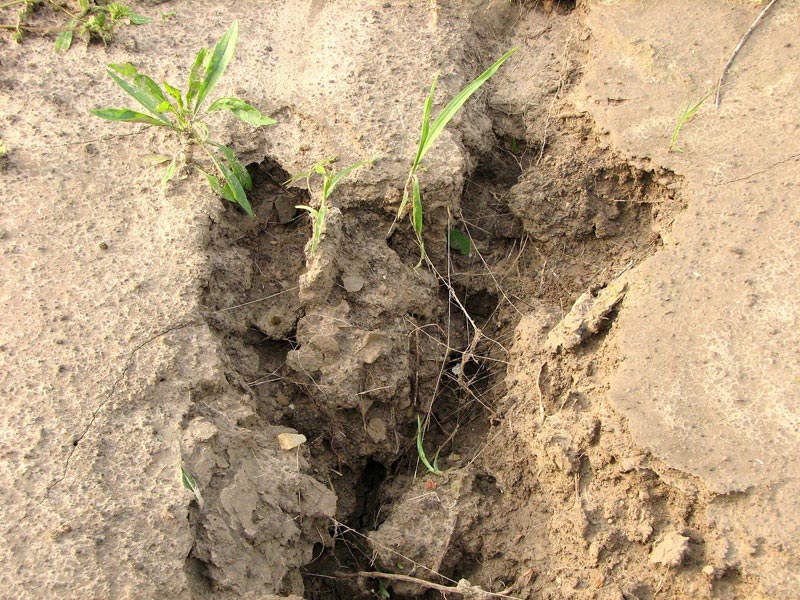
Soil erosion is the probable cause of collapse of Central American city states.
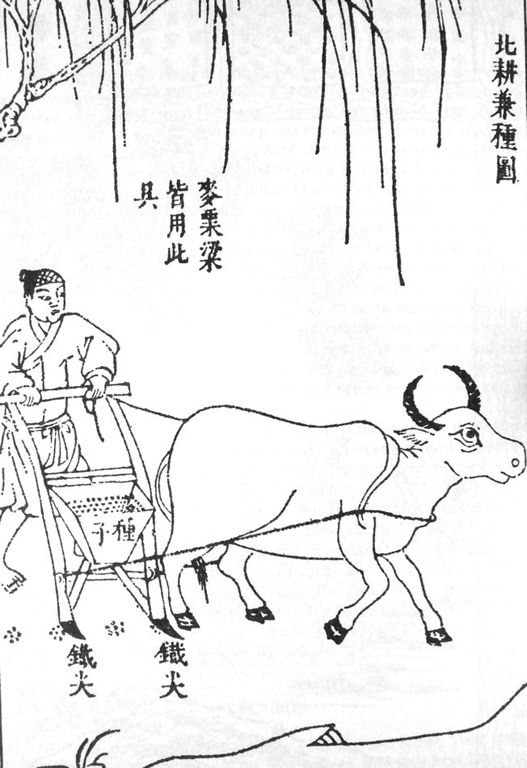
The multi-tube seed drill is invented in China.
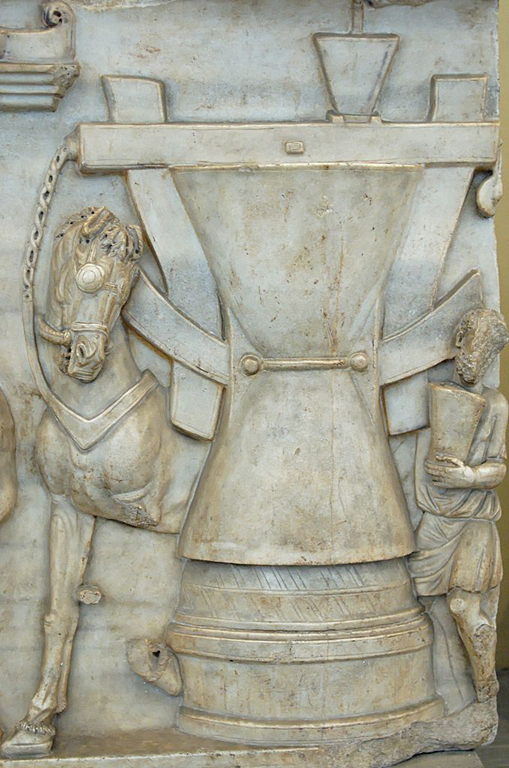
Slave or animal powered mills for grinding wheat are introduced in the Middle East replacing the need for hand milling.
Minoan civilisation declines either due to a volcanic eruption or deforestation.
The Flag Fen community in East Anglia dates from this period. They lived in huts made from timber and rushes.